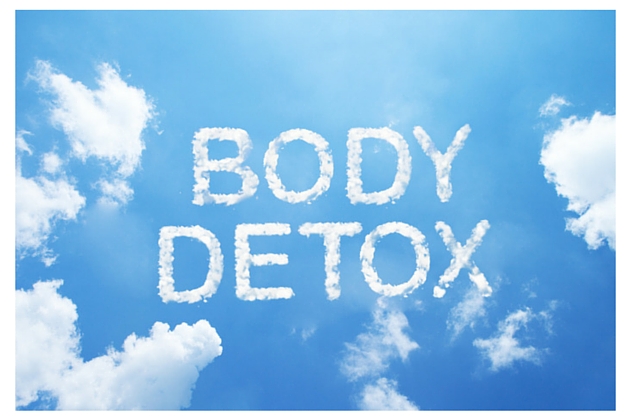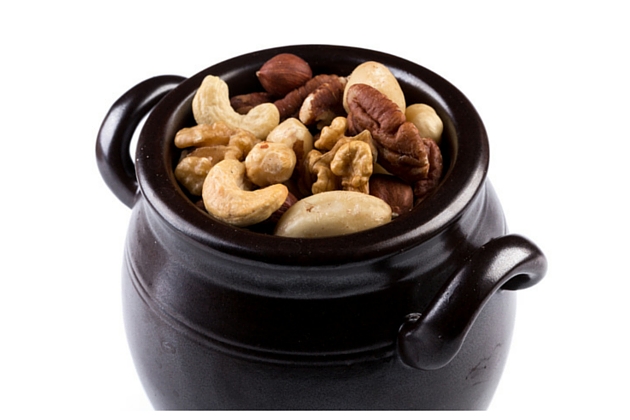Once you are strong enough, detoxifying your body after cancer treatment is an essential part of your healing journey. Chemotherapy and radiation can overload your system with excess toxins as can the residue of dead cancer cells. Here I have listed what I feel are the key first steps in the detoxification process.
Eliminate junk food and eat a whole foods diet
Not only is this the essential element of any detoxification process, it is the first place to begin when rebuilding your immune system, the key to remaining cancer free. I strongly suggest eating an all-organic diet. To begin the process of converting to an organic diet, refer to the “Clean 15, Dirty Dozen” which lists the foods most and least affected by pesticide contamination.
Maintain Hydration
Consuming water greatly aids in the detoxification process after treatment. Ensure that your water is filtered to eliminate possible toxins that your water may contain. Herbal teas are also wonderful to help the cleansing process. Examples include Dandelion Root tea that aids in liver detoxification and Green Tea. Green Tea contains the catechin Epigallocatechin Gallate (EGCG) as well as other polyphenols which help rid your body of free radicals.
Juicing
Consuming fresh-pressed juices floods your body with easily digestible nutrients that help flush away toxins and heal damaged tissue. When it comes to diet, juicing may be the most beneficial food for detoxifying. It is important to gradually introduce juicing in to your diet. As mentioned, juicing floods the system with nutrients that can be very detoxifying. Gradually introducing juices allows your detoxification process to run smoothly by not overwhelming your system.
I would like to note that although the benefits of juicing fruits and vegetables are great, juicing does eliminate the bulk of fiber content from these foods
Maintain adequate fiber in your diet.
- Fiber slows down digestion with the result that glucose enters our system gradually reducing spikes in blood sugar.
- Fiber absorbs toxins and aids in their elimination.
- Fiber is essential for a healthy gut flora. A diet rich in fruits, vegetables and legumes is essential for adequate fiber intake.
Exercise
Exercise stimulates your body increasing blood flow rate and aiding lymphatic circulation. This in turn aids in detoxification. Exercising also helps to keep weight within an ideal range. Excess fat may harbour unwanted toxins. Rebounding, walking, yoga and Tia Chi are examples of good exercises to take part in after treatments as you build back your strength.
Detoxifying Baths
A detox bath is one of the easiest and most enjoyable therapies to encourage the body to eliminate toxins. A simple recipe is one part Epsom Salt (Magnesium Sulfate) with 2 parts Baking Soda (sodium bicarbonate) added to warm running water.
Sleep
During sleep the body repairs, rejuvenates and detoxifies. Aiming for 7-8 hours of good sleep each night will greatly aid the detoxification process.
Detoxifying your Environment
Skin care products and household cleaning products are laden with toxins. Consider replacing these with natural products. Remember that toxins enter our system in many ways including through breathing and by penetrating our skin. I also highly recommend replacing your plastic storage containers in favour of glassware.
Try incorporating as many of these detoxifying tips in to your healing protocol as they will help to relieve many symptoms of toxic load including fatigue, digestive issues and headaches.






